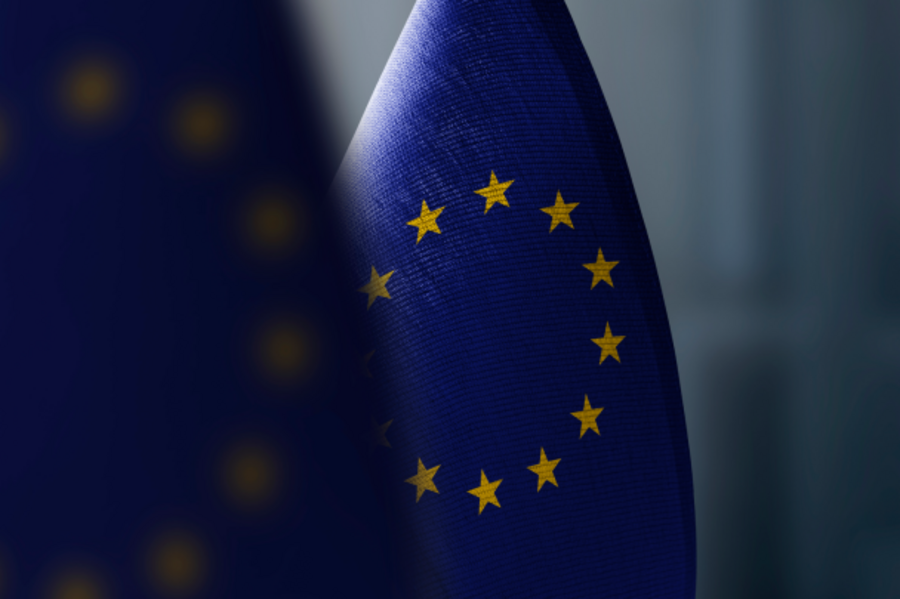The Sovereign Media Cloud – A strategic imperative?

Streaming services are growing, broadcasters are rethinking their production models, and publishers are digitizing content at unprecedented speed. At the same time, regulatory requirements are tightening: the GDPR, the Digital Markets Act (DMA), and the European Data Act (DA) set clear limits for data storage, processing, and interoperability.
Many European media companies face a crucial challenge: their data is often hosted outside Europe or not in line with European standards. Compliance requirements are becoming more complex, and existing systems are difficult to integrate. So how can European media organizations maintain data sovereignty, ensure regulatory compliance, and remain flexible and scalable at the same time?
More control, less compromise
Geopolitical shifts and increasing regulatory demands make European media companies’ independence from international cloud providers a strategic factor.
The drivers behind this development include:
-
Regulation: GDPR, DMA, and DA define clear requirements for data storage, processing, and interoperability.
-
Market needs: Media companies require scalable, high-performance cloud solutions for streaming, production, and publishing.
-
Geopolitics: Trust in US hyperscalers is affected by political tensions and legal frameworks such as the US Cloud Act.
The sovereign European Media Cloud does not yet exist, but the case for it is strong:
-
Data control: Sensitive media data remains in European data centers.
-
Regulatory security: GDPR-compliant storage and processing across the entire workflow.
-
Scalable infrastructure: Platforms that meet current needs and are gradually expanded to support future growth.
Multi-cloud architecture for media workflows
Flexibility is key. An open multi-cloud architecture enables media companies to extend existing infrastructures step by step – without creating new dependencies – and to minimize reliance on individual providers over time.
Key characteristics:
1. Hybrid transformation models: Individual processes or entire workflows can migrate to the cloud while critical data remains on-premises.
2. Seamless integration of third-party ecosystems: CMS, rendering tools, or streaming platforms can be integrated flexibly.
3. Ensuring data sovereignty: Sensitive data stays GDPR-compliant and verifiable within European data centers.
Scenarios:
-
Broadcaster: A national broadcaster distributes live streams in compliance with GDPR via a European cloud, while international partners are integrated.
-
Publisher: A digital media house migrates parts of its content management system to ensure data locality and maintain existing workflows.
The multi-cloud architecture thus becomes the flexible backbone of production processes. This enables efficient resource use, workflow automation, and reduced dependence on external providers.
Operational excellence in the Souvereign Media Cloud
Technology alone is not enough. Successful implementation requires seamless integration into existing strategies and system, especially when it comes to media-specific applications. Integrating tools such as rendering engines, content management systems, or streaming platforms is technically demanding and requires careful planning. Providers like AWS have specialized in addressing these challenges. A sovereign European solution must offer comparable functionality.
Key aspects:
-
Migration planning: Step-by-step transformation and assessment of existing infrastructure to minimize risks.
-
Partner integration: Third-party systems and media-specific services must be connected to ensure efficient, reliable workflows.
-
Operational support: Monitoring, security management, and continuous updates ensure performance, compliance, and stability.
Fully developed, media-specific cloud functionalities are an essential prerequisite for building a Souvereign Media Cloud.
Business benefits and future readiness
The advantages of a sovereign European Media Cloud can be summarized in four dimensions:
A multi-cloud architecture complements existing systems without creating new dependencies.
Data storage and processing within Europe based on GDPR standards.
Existing partner ecosystems, tools, and processes can be connected to ensure value creation and faster time-to-market.
Platforms are designed to scale with growing requirements and are continuously enhanced with media-specific capabilities.

A new partnership: Qvest and STACKIT
The sovereign European Media Cloud is a strategic instrument for European media companies, strengthening control, flexibility, and regulatory confidence.
Key takeaways:
-
More control: Sensitive data remains within Europe, GDPR-compliant and verifiable.
-
Fewer compromises: An open, multi-cloud architecture with step-by-step expansion minimizes dependencies.
-
Operational excellence: Support throughout migration and operations ensures maximum efficiency and transparency.
Qvest and STACKIT empower media companies to realize the full potential of a European Media Cloud:
-
Qvest: Provides consulting for analysis, strategy, and migration, as well as implementation and partner integration.
-
STACKIT: Delivers the European cloud infrastructure focused on compliance, governance, and the continuous enhancement of media-specific functions.
-
Qspaces: With our Managed Service, we support migration and operations, ensuring compliance and security at every step.
Next step: Design your media infrastructure to be flexible, secure, and future-ready. Contact us to explore how the Sovereign European Media Cloud can help strengthen your independence, control, and resilience.
















